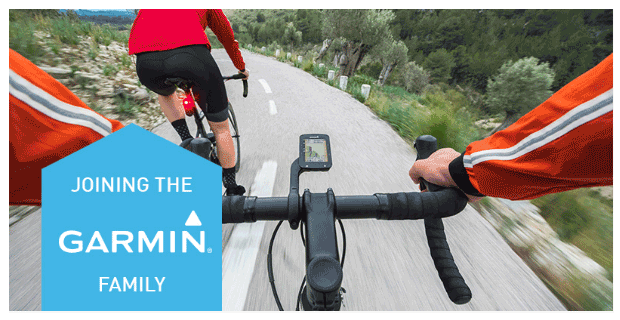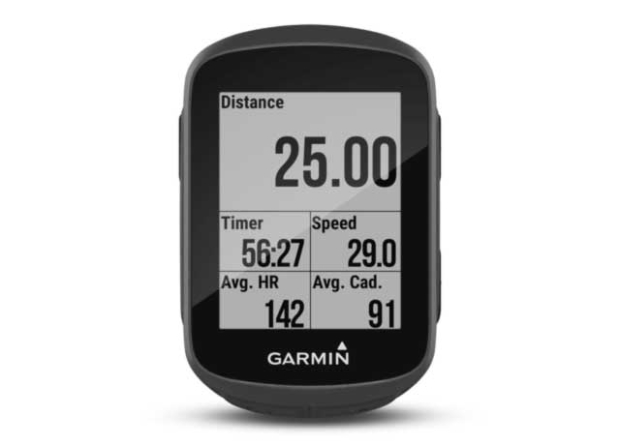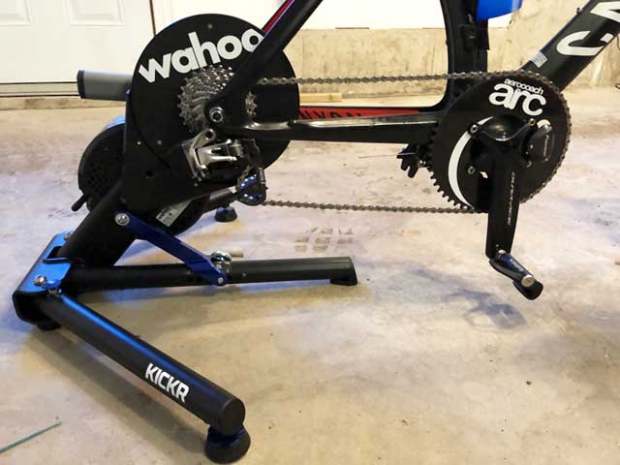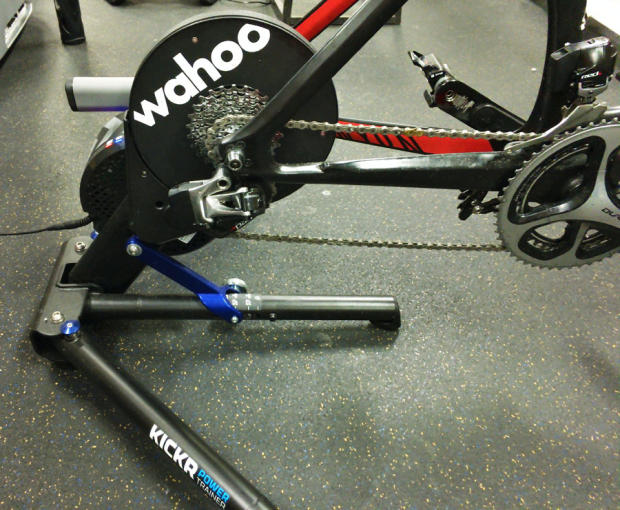Garmin Buys Tacx
Tacx, the highly regarded maker of stationary training hardware and software, just announced its acquisition by the electronics giant Garmin.
“Tacx brings an entirely new product category to Garmin’s fitness portfolio that expands our reach into the indoor training market,” said Cliff Pemble, Garmin president and CEO. “Together with Tacx, Garmin will offer a seamless, enjoyable and motivating indoor and outdoor experience for cyclists all year long.”
“We are excited to have the support of a technology leader like Garmin,” said Koos Tacx, CEO of Tacx. “With Garmin’s extensive R&D capabilities and global distribution network, we look forward to working together to further enhance our indoor training products and technologies, and bring them to cyclists around the world.”

“The completion of this acquisition,” according to the release, “which is subject to customary conditions, is expected to occur in Q2 2019.“
Each brand has problems to solve. Tacx probably the most highly regarded stationary trainer with its NEO. But, it is the most expensive, and it’s got compatibility issues – mostly with bikes, the inability to easily accommodate a number of today’s higher end bikes – but its software also trails Wahoo’s.
“Meanwhile the release says that this acquisition, “expands [Garmin’s] reach into the indoor training market.” What reach is that? Garmin is a marquis brand that is shut out of the stationary market.
The obvious brand in the background is Wahoo, orders of magnitude smaller than Garmin, yet, if Garmin’s Mr. Pemble were to lose even 5 minutes a night worth of sleep, Wahoo would be the brand interrupting his slumber. That brand owns a significant footprint both in stationary training and in outdoor information delivery (the head unit). Further, the market is waiting for Wahoo’s watch, and it’s not the watch, per se, it’s Wahoo’s capacity to easily integrate products into its ecosystem as well as its compatibility with bikes and with software service providers.
Wahoo is rarely praised as having the very best product in a category, whether the Element or the Kickr. But Wahoo is frequently compared to Apple, in that once you buy something from Apple you’re likely to buy into the Apple ecosystem. This is Wahoo’s strength, and because Garmin doesn’t play in stationary the Kickr is just one more entry point into the Wahoo ecosystem (if you own a Kickr you’re much more likely to buy an Elemnt).
Tacx is real, and it’s good. It’s just that, inside the U.S. – far the leader in stationary – Tacx is trying get the Hula Hoop to go round and round, with spotty success.
“The combined expertise in the indoor training and outdoor cycling markets is highly complementary and will allow us to expand our product offerings and further serve our growing cycling customer base,” said Tacx spokesperson Marije de Gruijter. “We continue the Tacx brand and offer its industry-leading indoor bike trainers to cyclists around the world.”
Distribution might be the biggest problem Tacx has. It’s suffered in two areas: It’s never been good at distribution in the United States. It hasn’t had its own U.S. headquarters; rather it’s relied on distributors. It hasn’t kept pace with Wahoo, a U.S. company enjoying an advantage in distribution in the most important country in which Tacx needs a bigger footprint. Further, Tacx has a terrific library of videos for use by its customers, but Tacx is losing that battle to Zwift, Peloton and even Rouvy, at least in the United States. Tacx just has not had a history in the United States to even remotely match its success elsewhere, even though its product clearly deserves a much bigger profile in the U.S., both its hardware and its software.
But Garmin also has ease-of-use issues. Its software is also considered clunky. Here are two great hardware makers – Garmin and Tacx – joining forces. But neither has the flair for the ecosystem that Wahoo has. Wahoo can get the Hula Hoop to work. Can Garmin and Tacx figure it out?




